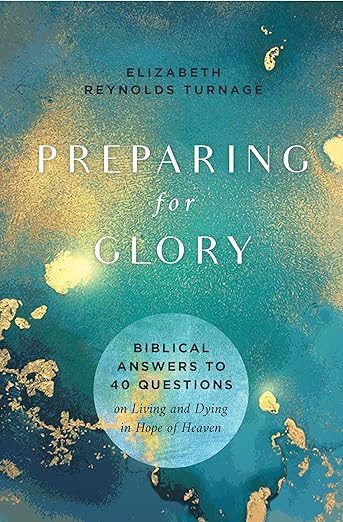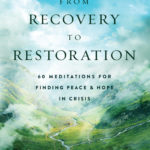A Prayer about How to Pray for Loved Ones
A Prayer about How to Pray for Loved Ones
I pray for you constantly, asking God, the glorious Father of our Lord Jesus Christ, to give you spiritual wisdom and insight so that you might grow in your knowledge of God. Ephesians 1:16-17.
[Hi Friends, this is the first of two parts of praying Ephesians 1:15-23.]
Father of Glory,
Sometimes we don’t know how to pray for people I love,
and then we remember that you’ve given us
so many good prayers in your Word,
like this one in Ephesians 1:15-23.
Today, we borrow these words
to pray for our loved ones:
[try filling in the names of specific people in this prayer]
We thank you for [name] faith in Jesus Christ
and [name’s] love for all of his people (Ephesians 1:15);
We ask you to give [name]
the wisdom and insight
that comes from our helper, the Holy Spirit
and leads to a deep grasp
of God’s love for them (Ephesians 1:17),
We pray that the “eyes of [name’s] heart [would be] enlightened,”
that is, that they would be empowered
to understand and walk in the
“confident hope you’ve given
to those you’ve called” (Ephesians 1:18),
and the immense wealth
which is our “glorious inheritance” in Christ:
riches like adoption of the Father,
justification by faith,
redemption from slavery to sin,
and more, so much more!
In Jesus’ sacrificing name we ask.
Amen.
Read Ephesians 1:15-23.






